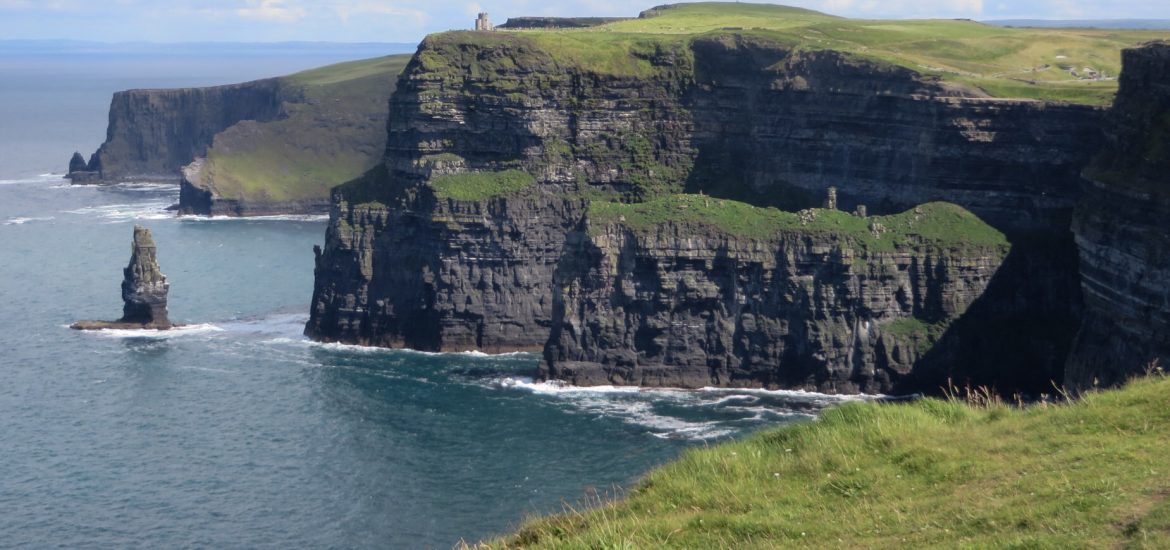
Offshore wind energy over the next decade could enable Ireland to decarbonise its heat, transport and industry, argued sustainable energy company SSE Ireland managing director Stephen Wheeler.
Ireland had the potential to boost renewables to meet its carbon reduction targets if the island’s offshore wind potential was harnessed, Wheeler told an Irish Wind Energy Association (IWEA) conference.
“In the short term, projects along the east coast can contribute to our 2030 targets while the west coast presents a longer-term ambition to export excess offshore wind once Ireland has met its own needs,” he told the Dublin event. Floating technology would need to be successfully deployed on the rugged west coast, Wheeler added.
Ireland’s onshore wind potential has already been well exploited to a level comparable with other developed nations. Ireland is, however, the only European country with a lengthy Atlantic coastline with almost no offshore generating capacity.
“The last time we spoke about offshore wind in an Irish context was in 2004,” Wheeler said. “And back then the facility in Arklow in County Wicklow, Ireland’s only currently operational offshore farm, was the largest in the world.”
Offshore wind, particularly in the Atlantic, has the capacity to generate exponentially more electricity than its onshore turbines, Wheeler added. Technological progress and falling costs were now making wind turbines increasingly viable, the renewables chief said.
New east coast developments included a second siteat Arklow, one at Ballybeg to the south in County Wexford and one at Oriel in County Louth.
“The likelihood is that we will miss our 2020 climate change targets,” Wheeler told delegates. “This year has been our best ever in terms of onshore renewables. Now it’s time for a step change. Offshore is the technology of scale that can deliver that change.”
Technology had improved significantly in the previous two decades, he added.
Optimisation of the national grid to accept offshore energy and changes in legislation were required, he added.
“The biggest capacity we had in 2003 was 12 megawatts for an onshore farm. One offshore turbine now produces almost the same,” he said.
The largest turbine available is 8 megawatts in capacity, but this is expected to rise to between 13 and 15 megawatts by 2025.
“With scale, the price is consistently reducing. The technology is developing at such a pace, combined with the high extra capacity factors. That is what is making offshore the differentiator that can allow Ireland take on this future opportunity,” Wheeler told the event.
Ireland’s rugged Atlantic coast could lead the way in renewable production. Picture credit: Wikimedia





